We visited display manufacturer BenQ’s HQ in Taipei, where they showed off their latest monitors, and got hands-on with exclusive demos in the brand-new Color Fidelity lab. As one of the most prolific display manufacturers, the firm holds industry standards to the highest esteem instead of choosing its own ‘flavor’ of color standards. During our time at BenQ, company representatives offered the chance to dive deep into their AQCOLOR tech and how to avoid the pitfalls of mismatched colors between displays.
Along the way, we spoke with the company’s internal display specialists: Senior Color Expert Dr. Chris Bai and BenQ’s Director of Integrated Marketing, David BW Lai. Given the level of access offered to us, which is quite rare among usually secretive tech companies, we’ll walk you through our experience visiting BenQ’s headquarters and share exactly what we saw during our time there.
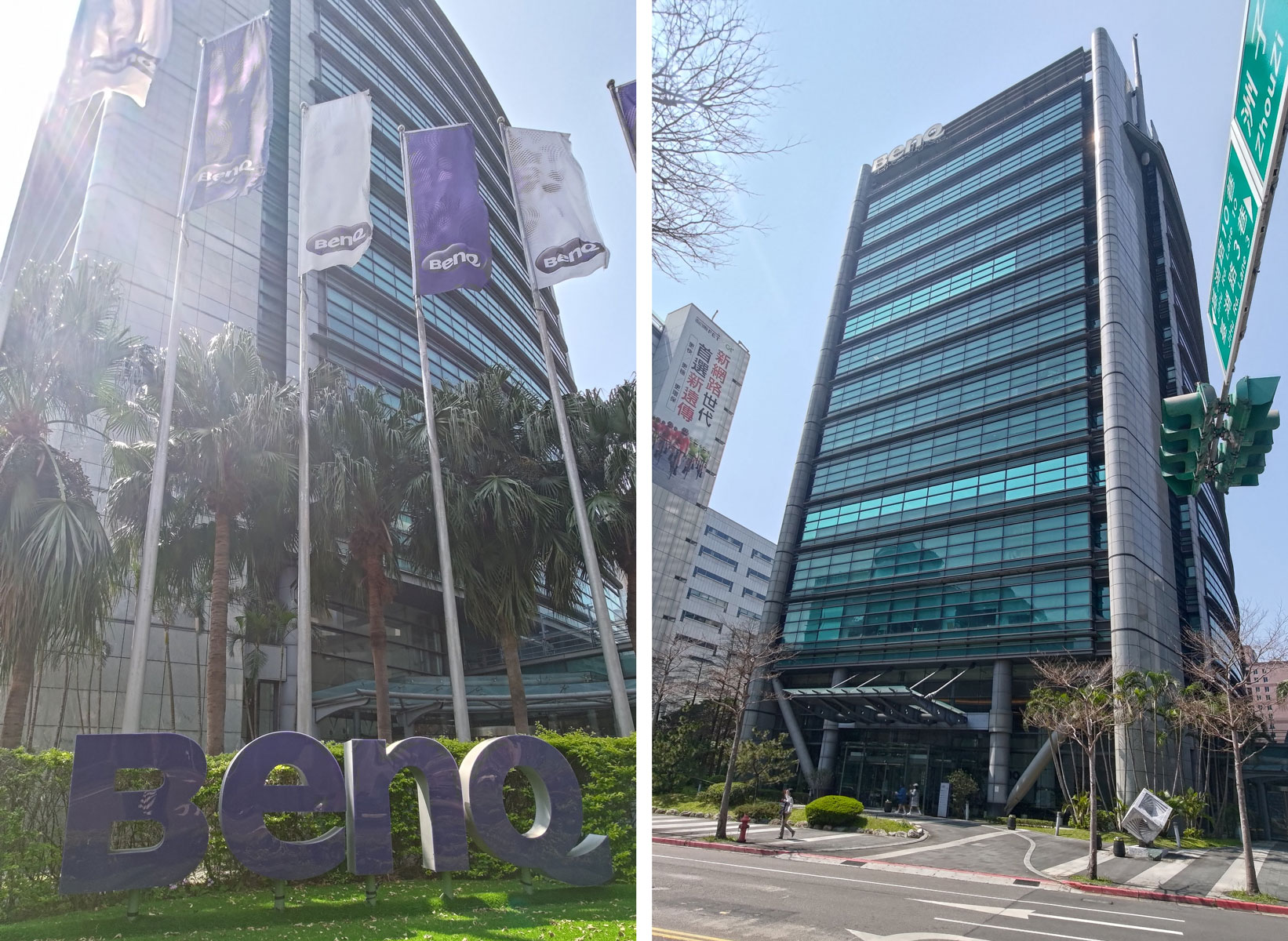
Towering in Taiwan
BenQ’s headquarters are located in an impressive skyscraper in the Neihu District of Taipei, right beside fellow giant Nvidia, an equally imposing neighbour. Upon arrival, BenQ outlined a brief history of the company. The firm started as a contract manufacturer in 1984, producing products as part of Acer. In 2001, Acer sold BenQ, which became the brand we know today.
But BenQ wasn’t always just about displays. The company also dabbled in other product categories since 2001, including laptops. But in 2025, BenQ’s sole focus was on display products, including monitors and projectors, where it has found success. In 2019, BenQ became the first manufacturer of a Pantone-validated display, a breakthrough for colorists and artists alike.

The talents that BenQ has amassed could be a part of the reason behind the company’s recent success. Dr. Chris Bai, BenQ’s resident Color Expert, holds a doctorate in Color Science awarded by Taiwan’s NTUST (National Taiwan University of Science and Technology). But, as well as his senior position at BenQ, Dr. Bai serves as the Vice Chair of the ICC (International Color Consortium) and is an Expert Member on ISO TC-130. Many of you will inevitably have experience with monitors and printers using ICC profiles, so you will have some grasp on the challenges of color management.
BenQ’s AQCOLOR tech is groundbreaking
One of BenQ's main missions is to deliver "colors you can trust,” and the company seeks to do that with its AQCOLOR monitors for professionals. Dr. Bai explained that the Designer PD series and Photographer SW series stand upon four pillars of quality to achieve this. These are commitments to 10-bit color, user calibratable software (Palette Master Ultimate), industry standards validation, and providing a factory calibration report to users of each product. This is backed up with an out-of-the-box guarantee of color precision, so users won’t have to tweak for hours before getting an accurate color profile.
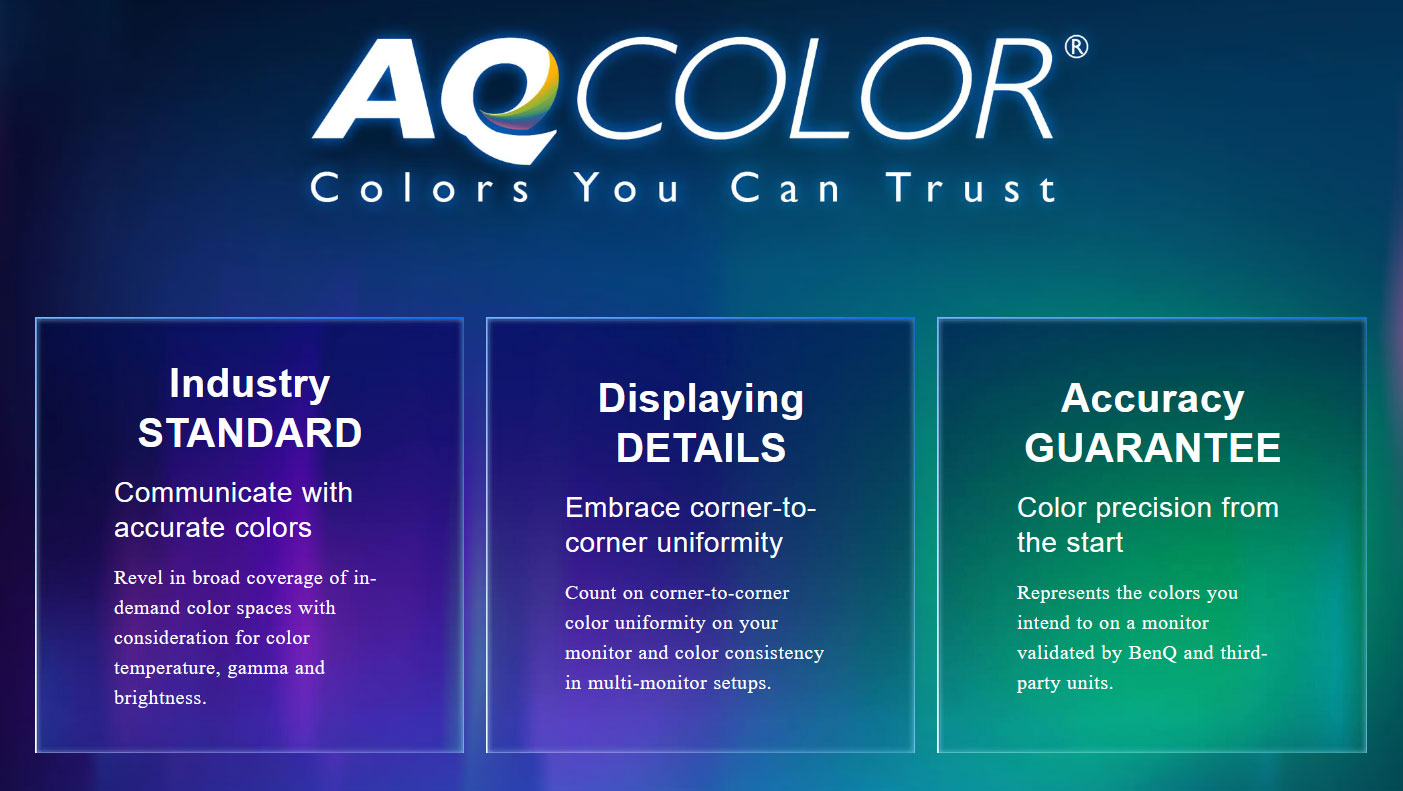
Beyond the talk of calibration, validation, and monitor hardware and software working together, what was most impressive was BenQ's ability to deliver a consistent color appearance via its Universal Color Communication Platform.
Dr. Bai reasons that ‘color mismatch’ is the biggest problem in the world of displays and content creation. Color mismatch occurs when photos or digital art don't look as intended when they get to a consumer monitor, projector, TV screen, or even print.
As someone who worked in reprographics for several years before writing about tech, seeing such color consistency between the diverse output media was quite eyebrow-raising. It's been years since I was in the business, and happily, the color quality and accuracy of monitors, TVs, printers, and projectors have all been raised significantly in the interim.
The game developer gambit
But it’s not just professional displays enjoying the new AQCOLOR tech. BenQ is bringing it to the gaming segment with a handful of new monitors from the company’s performance-focused PD series of panels.
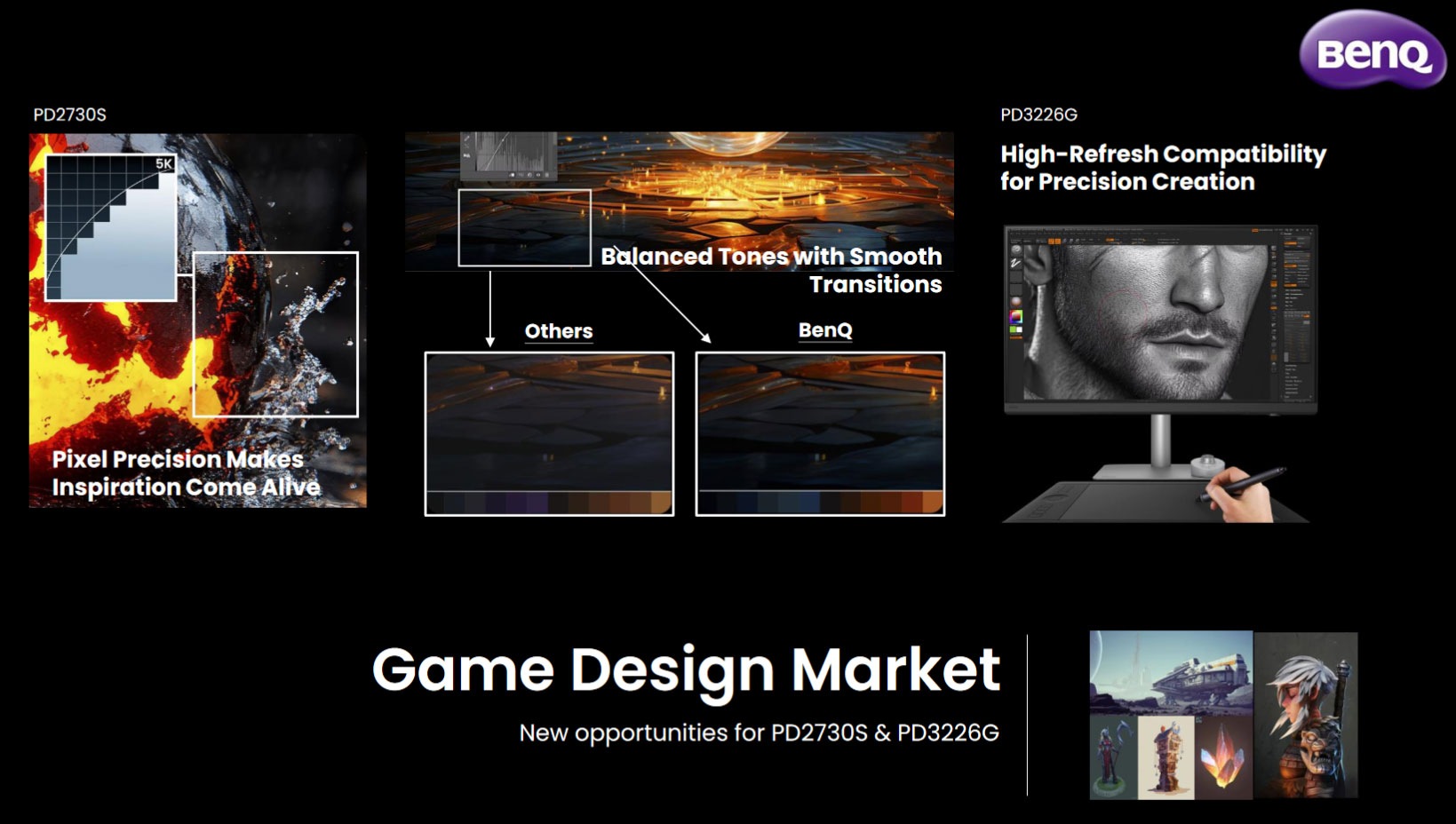
Specifically, we were shown the recently-launched BenQ PD2730S and PD3226G. As well as appealing to some of BenQ’s traditional color-accuracy sensitive professional customers like designers and photographers, the new PD series has ramped up resolutions and/or refresh rates.
BenQ has done this in response to seeing an increased demand for its PD series monitors among game designers. These creative professionals also want to ensure that visual assets are communicated to players as they see them. Therefore, developers may be lured in by the accurate, consistent visuals. Other elements, such as improved pixel density and refresh rates, offer not only accurate visuals but smooth-as-butter performance, too.
To get an idea of why game developers are going wild on high-end monitors, I got my hands on one of BenQ’s latest models: the new PS2730S.
Dr. Bai had set up a color test on the monitor, and a 15-inch MacBook Pro (M2 Pro), driven by the device’s Thunderbolt port. We were told to play an odd-one-out color game on each display. However, we weren’t told the purpose of the game.
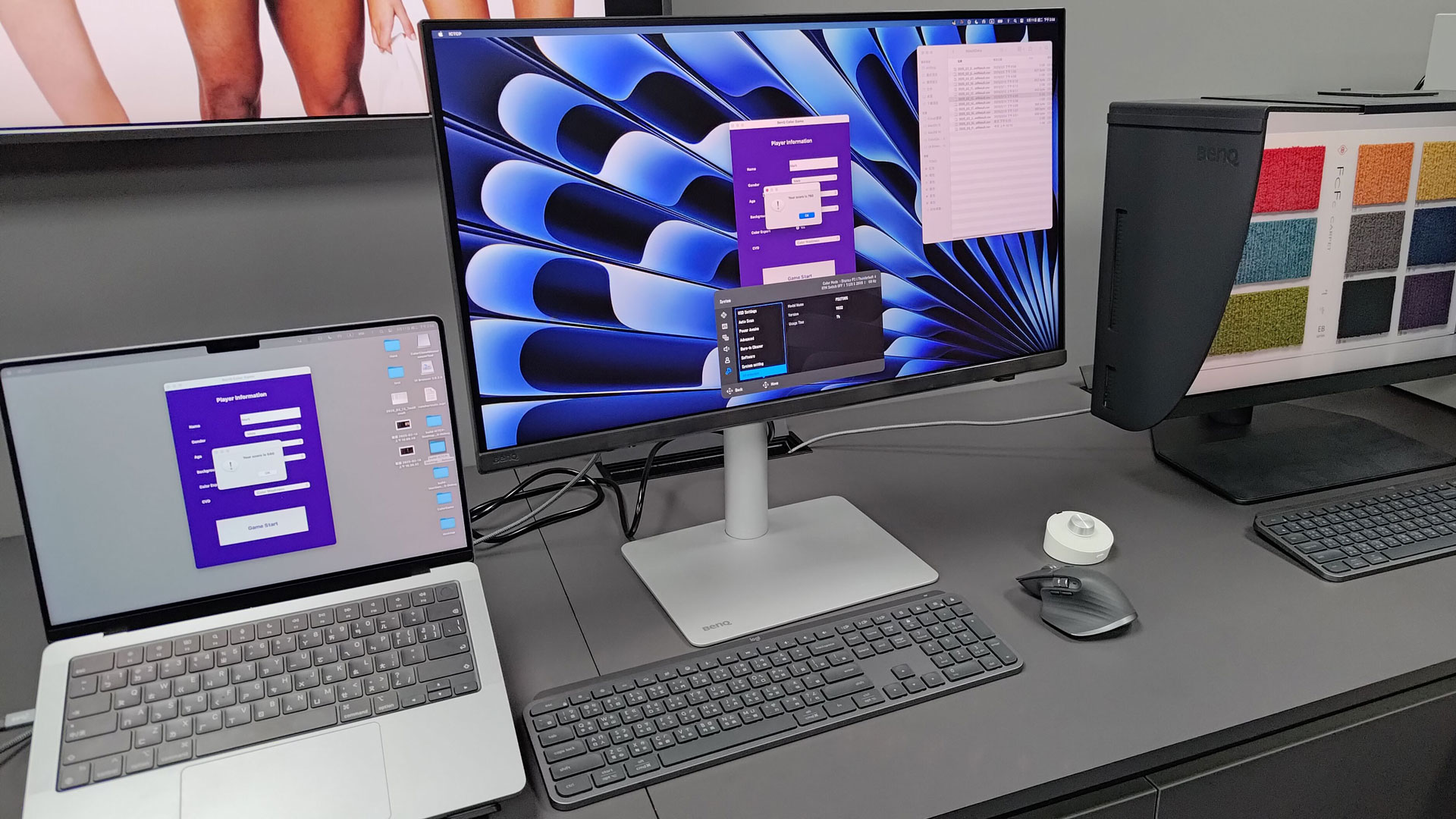
After completing a fairly simple set of tasks twice, there was a significant score difference in spotting accurate colors on the panel compared to the M2 MacBook Pro’s display. On the PS2730S, the score hit 760, whereas the MacBook Pro’s core was 560 points, meaning that on this (very simple) test, colors were more accurate to the tune of around 30%.
BenQ is also eyeing up the Mac market
BenQ has been pleased with the take-up of its MA Series monitors, which target Apple Mac users. The latest MA Series displays improve on the previous generation’s M-book mode with the more expansive iDevice Color Sync, which was launched in January 2025 and delivers ICC profiles on a per-model basis. Understandably, going from Mac to Mac across models and generations, there is some visual variation, despite Apple's efforts.
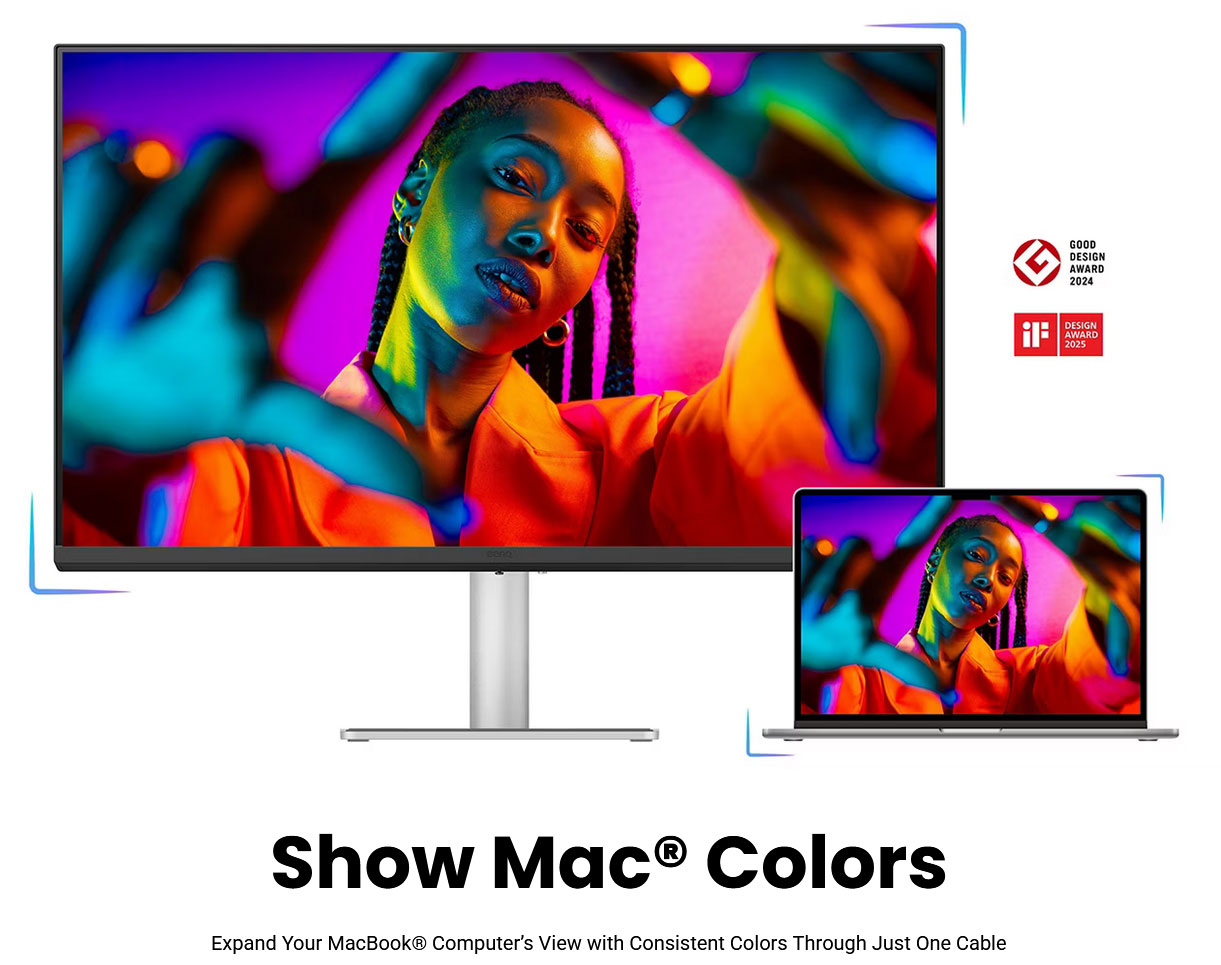
Going forward, the new color syncing will deliver fine-tuned profiles to match the subtle color differences of the Apple hardware across models and generations. Thus, your external display will be a much better complement to the built-in one thanks to iDevice Color Sync.
BenQ MA Monitors for MacBook | Experience Mac Colors, Integrated Connection with One Cable - YouTube

We also saw Display Pilot 2 software for Mac, which makes display and color management, as well as brightness syncing, very easy with a few mouse clicks or keyboard shortcuts. BenQ also teased that it has more new MA Series monitors to come, but has no further details to share publicly yet.
The gaming market has two clear segments
Regular readers will be well aware of BenQ’s gaming-purposed monitor sub-brands: the FPS and esports-focused Zowie line and the AAA and open-world-purposed Mobiuz monitors.
The former still utilizes TN technology displays for high-end eSports performance. We recently reviewed the BenQ Zowie XL2566X+ 400 Hz 25-inch gaming monitor, which has blisteringly-fast refresh rates for those who require it.
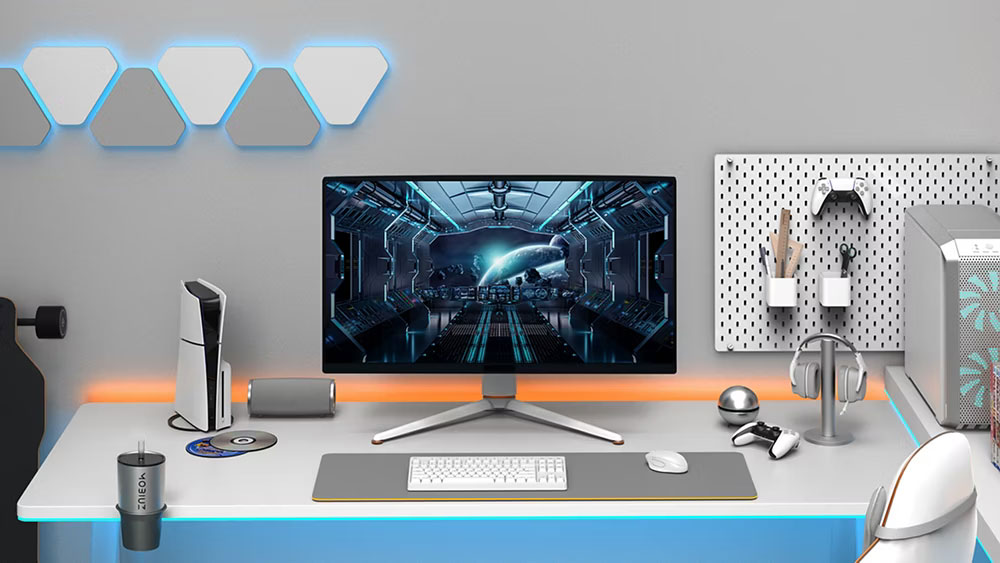
Meanwhile, the Mobiuz series of gaming monitors embraces other screen technologies to achieve the best balance of quality and performance, tailored for AAA and open-world gaming. We reviewed the BenQ Mobiuz EX321UX 144 Hz gaming monitor with Mini-LED technology last year, and it fared rather well thanks to its bright and accurate color, low input lag, and contrast enhanced by 1,152 local dimming zones. However, as you will read later in our chats with the BenQ execs, the days of Mini-LED are already numbered, with OLED likely to be the next key technology for this segment.
Inside BenQ’s Color Fidelity lab
In BenQ’s Color Fidelity Lab, we were pleased to see some real-world demonstrations of color management pipelines and the results that can be achieved with vastly different mediums like monitors, TVs, signage, projectors, and print.
Please note that my smartphone camera photos from the lab don't do it justice, due to the smart processing shenanigans that my Asus Zenfone 9 is surely applying to the scenes. Nevertheless, the shots aren't bad at communicating the consistent colors achieved in these demo workflows. Thus, we’ve also used BenQ’s lab photos in our report.
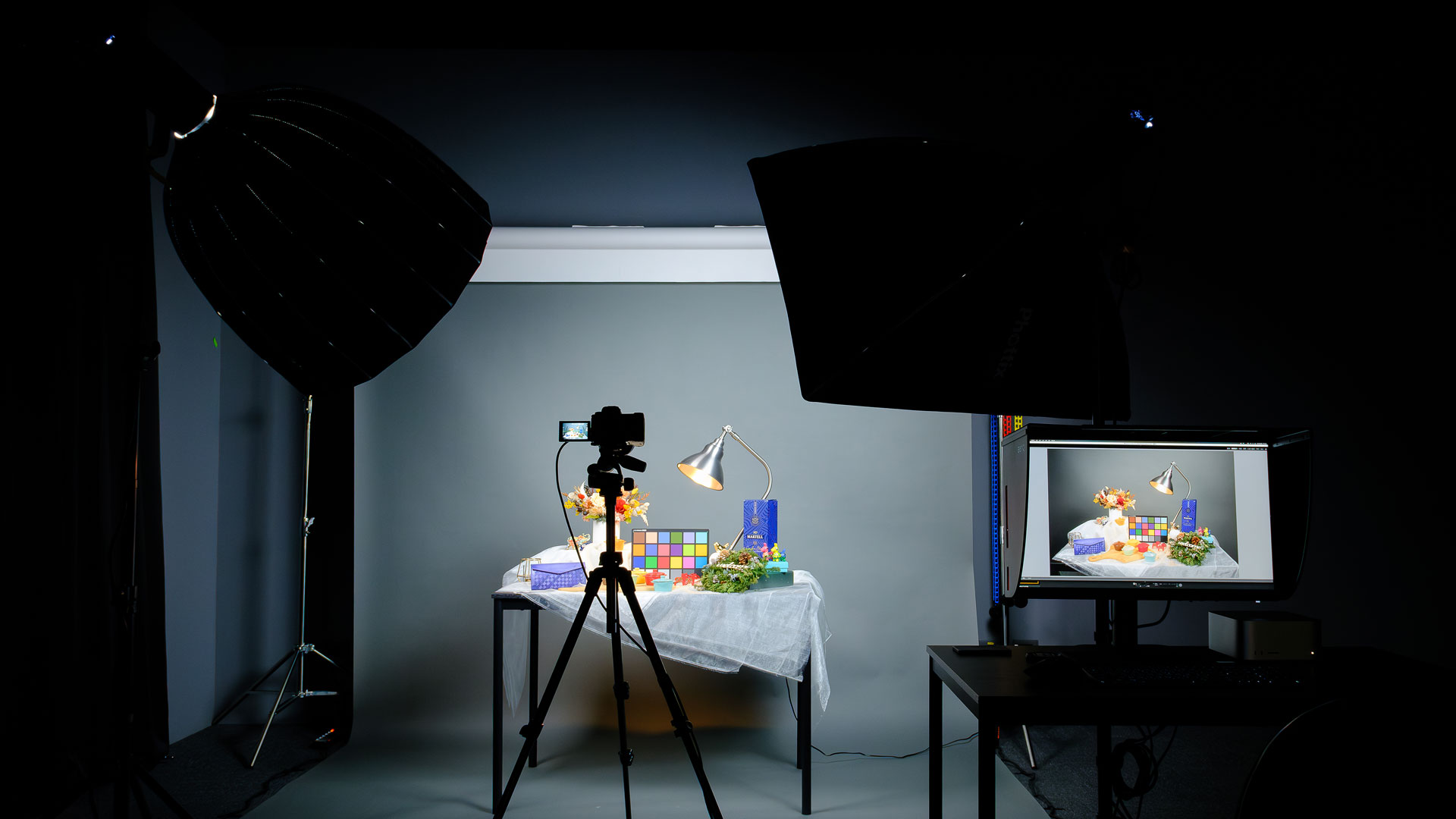
The first lab setup we observed was a purposely complex scene which included a standard Macbeth ColorChecker Chart (center), and a warm-yellow household lamp (also center) to add a bit of natural chaos to the studio lighting. The first image of the two shows the monitor in the scene before the BenQ color consistency technology has been applied. The second image in the sequence has the tech applied, so that the image displayed on the monitor does correspond to the actual scene. In our experience inside the lab, the ColorChecker Chart allowed for easy color comparison vs standards, and the scenes viewed in real life and via the BenQ monitor were impressively consistent.
There was also an additional demo, which showed a professional BenQ monitor and a 4K projector showing uncannily similar imagery. The color characteristics and quality looked very similar between the two devices. This would be a great setup for creative professionals targeting or checking content for projectors.
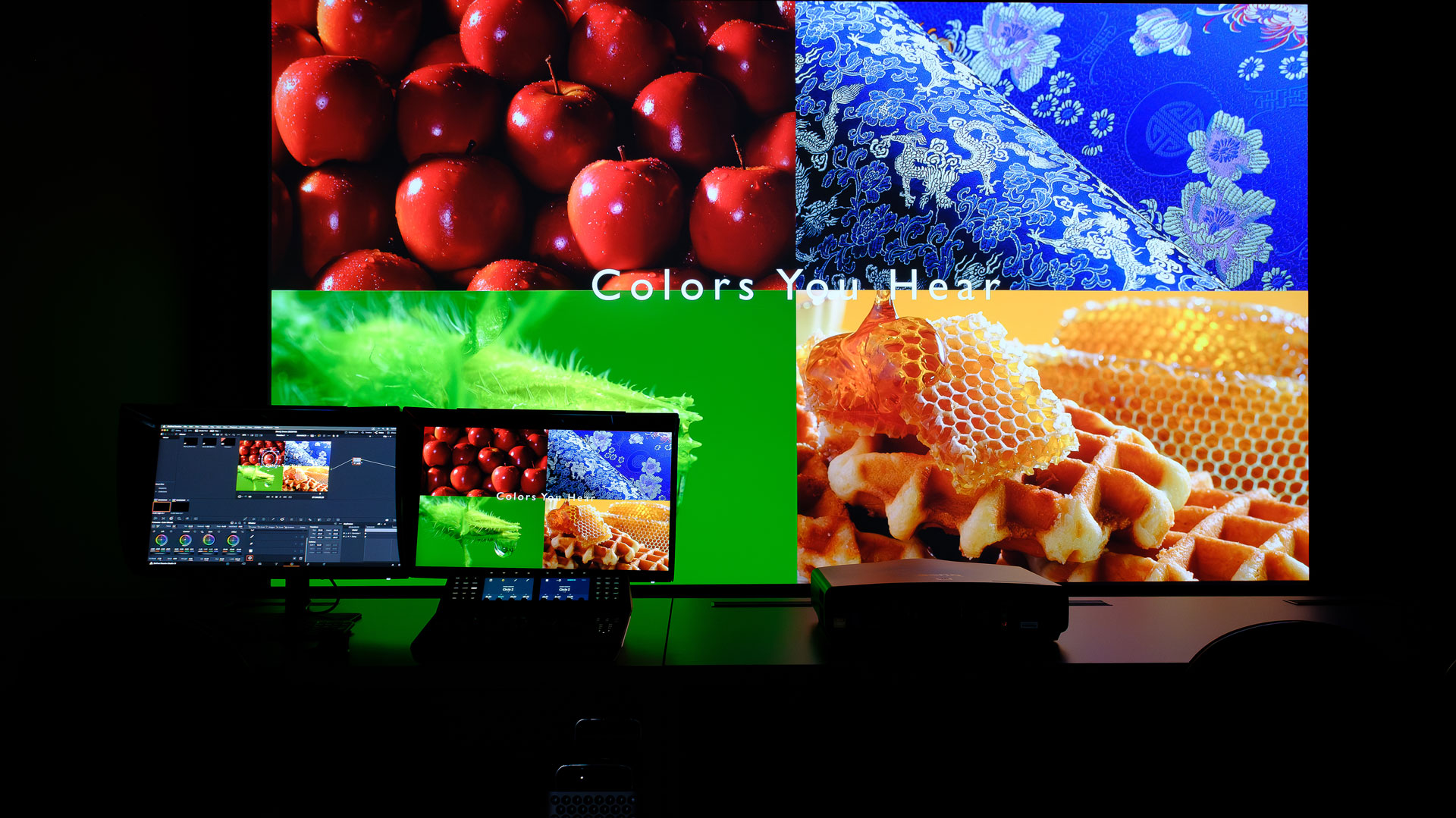
As someone with a background in the printing industry, I was also pleased to see how similar the countryside scene print was to the image on the monitor. Balancing paper media CMYK output (reflective) to what someone sees on screen (emissive) has been important since the dawn of color digital workflows. So, users today are very lucky to have a wide choice of great devices and support for color management technology.
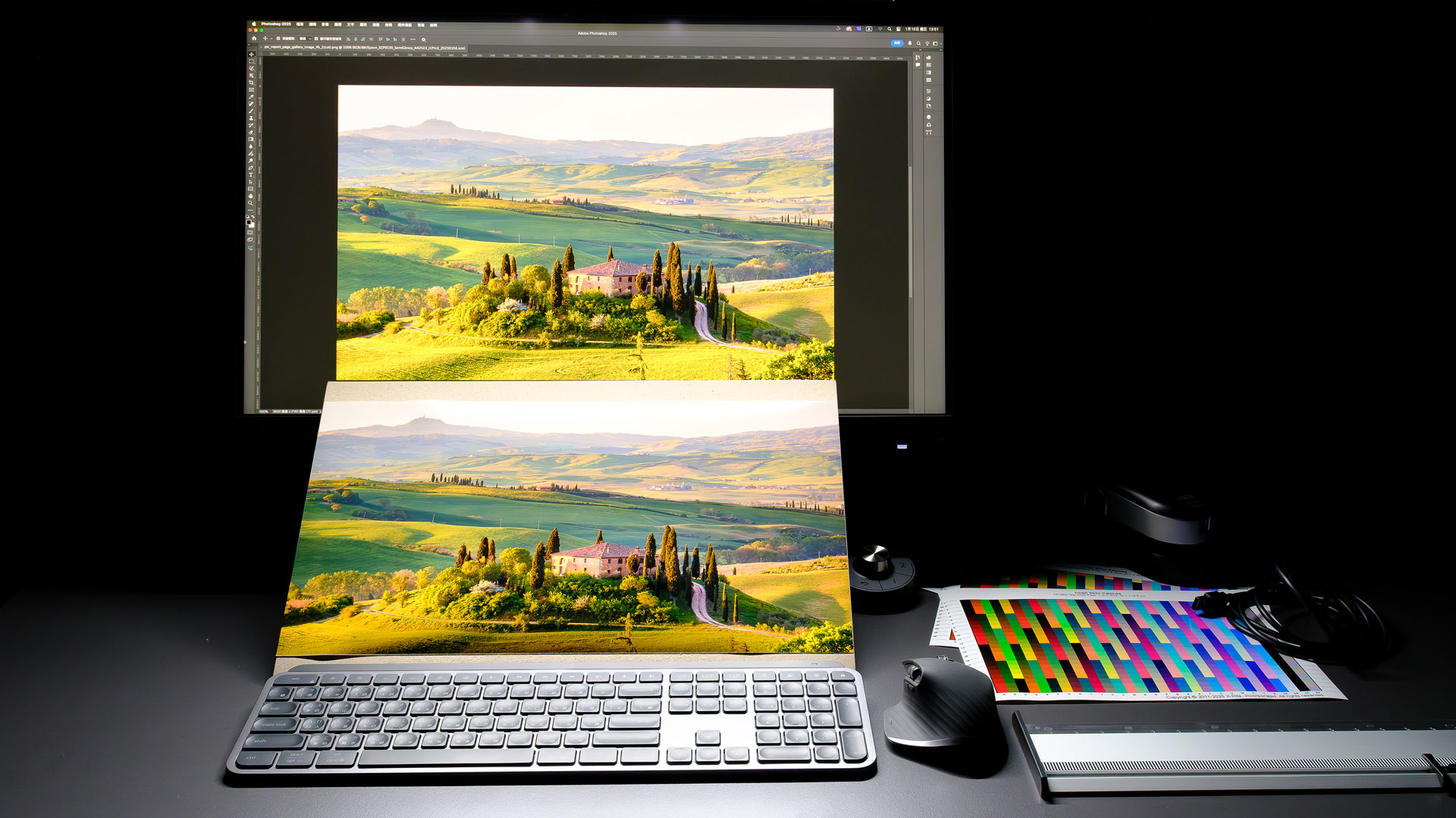
We also saw a demo in which some non-color-managed displays were compared with several color-matched and calibrated displays. This demo showed that designers could accurately target TVs and signage to communicate their original creative vision, which might also include important color features like properly reproduced brand logos.
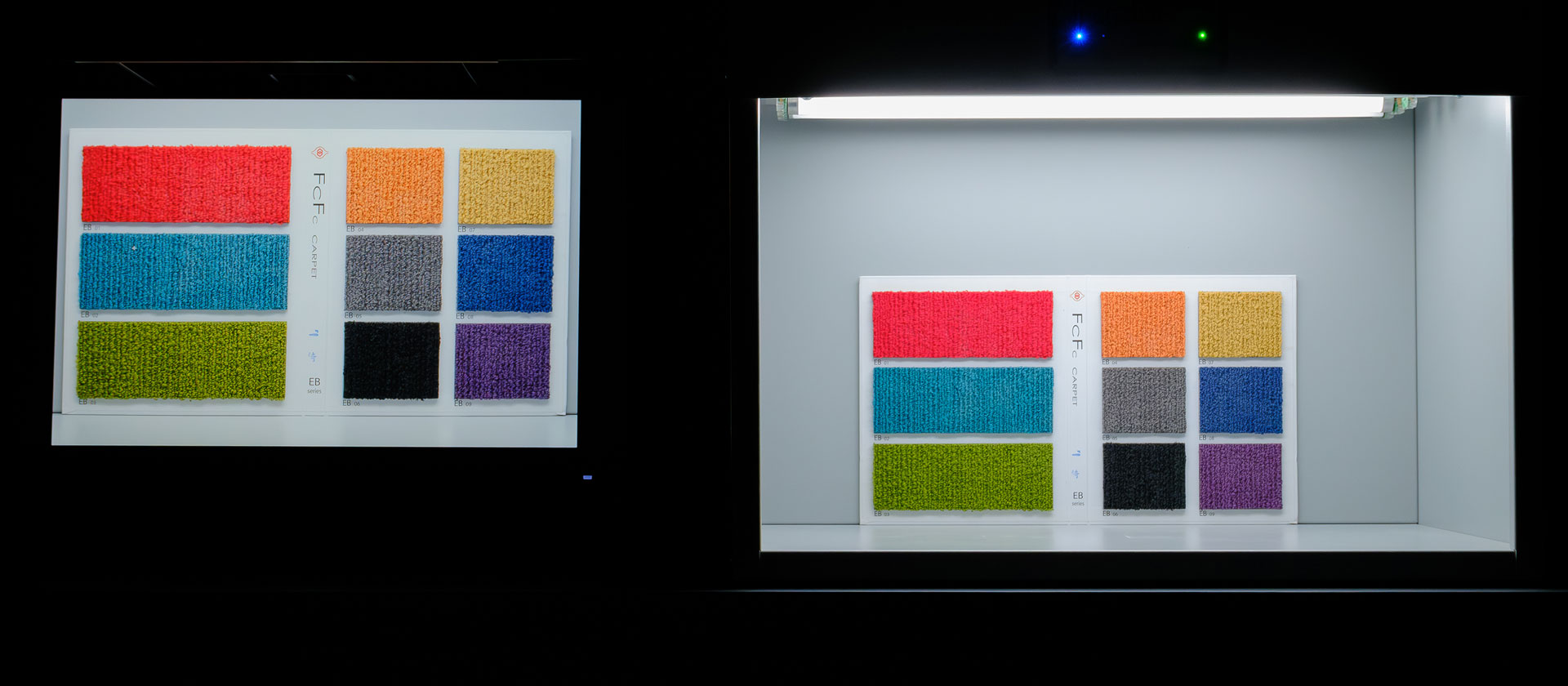
The last part of the lab shared a technology BenQ is working on to convey textures more accurately on displays. Getting colors right in eTail environments is important to minimize the return rate of their products. In this use case, the displays showed off accurate carpet sample textures, which could help customers narrow down choices before ordering a small subset of physical samples. The tech could also apply to fabrics, among other product categories.
Q&A with BenQ
We had the chance to sit down with two senior figures at BenQ, Dr. Chris Bai (Senior Color Expert, Color Technology Lab) and Timothy Y Lee (Director of the Work-Tainment Division, covering PC gaming), to quiz them on where they envision monitor panel technology, color accuracy and panel types are going next.
Our first query was about BenQ's plans and observed trends in the highly competitive gaming monitor segment. Lee answered this, saying the gaming market seems to be moving to more color-accurate displays, and a shift of preference to OLED. The firm's gaming monitors should benefit from color accuracy from the R&D done on the professional side of the business.
Gamers are also gravitating toward larger and higher-resolution displays, so we expect BenQ to follow suit.
However, Mini-LED has not and (it seems) will not be a technology that will gain favor at BenQ. Lee mentioned that BenQ has only released a single Mini-LED gaming monitor in 2024, and it didn't have the greatest impact. Dr. Bai commented that inherent Mini-LED display factors like halo effects and uniformity issues meant Mini-LED wasn't much more than a stopgap on the way to OLED.
The BenQ Mobiuz EX321UX 144 Hz gaming monitor with Mini-LED technology garnered some praise in our review, thanks to its bright and accurate color, low input lag, and contrast that’s enhanced by 1,152 local dimming zones. However, with OLED shipments ramping up, quality improving, and prices coming down, it is reasonable to expect that more new Mobiuz gaming displays will adopt this type of screen.
On the topic of favorite products, it was surprising to hear Lee point to the MA Series for Macs. He admitted he wasn't a gamer, but the Zowie and Mobiuz product managers were. His reasons for loving the MA series seem to be simply down to its success and great feedback from the target market. Dr. Bai agreed that the Mac market, in general, was more interested in color-accurate workflows.
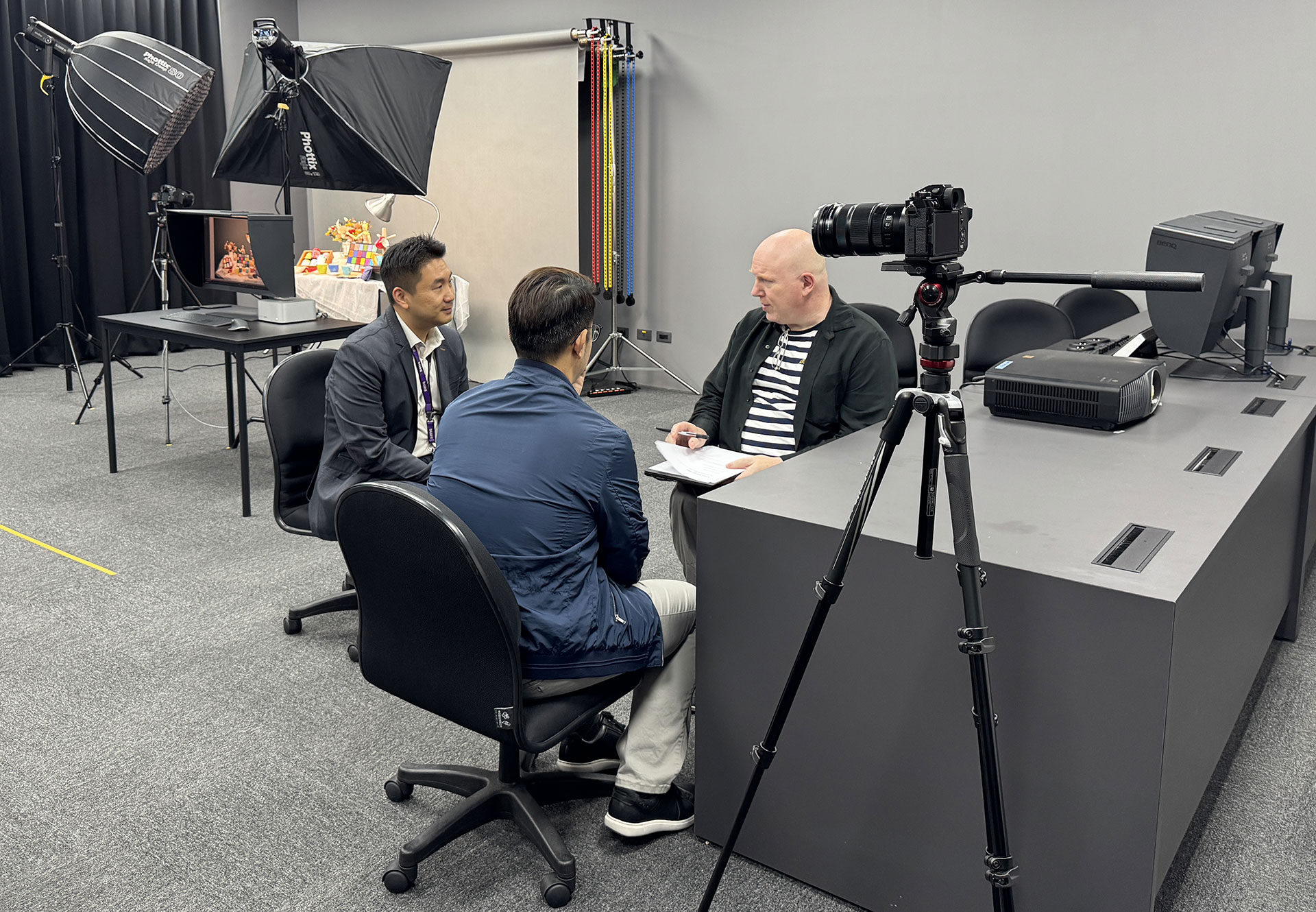
Previously, we mentioned the close proximity of BenQ and Nvidia HQs, so we thought it reasonable to ask if there is much collaboration with the neighbors in gaming display tech.
In brief, there are some minor collaborations between the companies, but Nvidia prefers to push its proprietary technologies while BenQ prefers open industry standards. So, while it might be easy to get new BenQ monitors validated for G-Sync compatibility thanks to its neighbor, for example, BenQ prefers to adopt tech like Adaptive Sync, and leaves closer Nvidia gaming display collaboration to rivals like Asus and MSI.
As for where this all leaves the monitor market, BenQ has shown that it’s deadly serious about pushing color accuracy and new panel technologies.With segmentation for just about anyone looking for a new display, it’s clear that BenQ’s not only one of the biggest players in the segment but is also pushing it forward in clear and tangible ways that people connect with.

 6 months ago
101
6 months ago
101



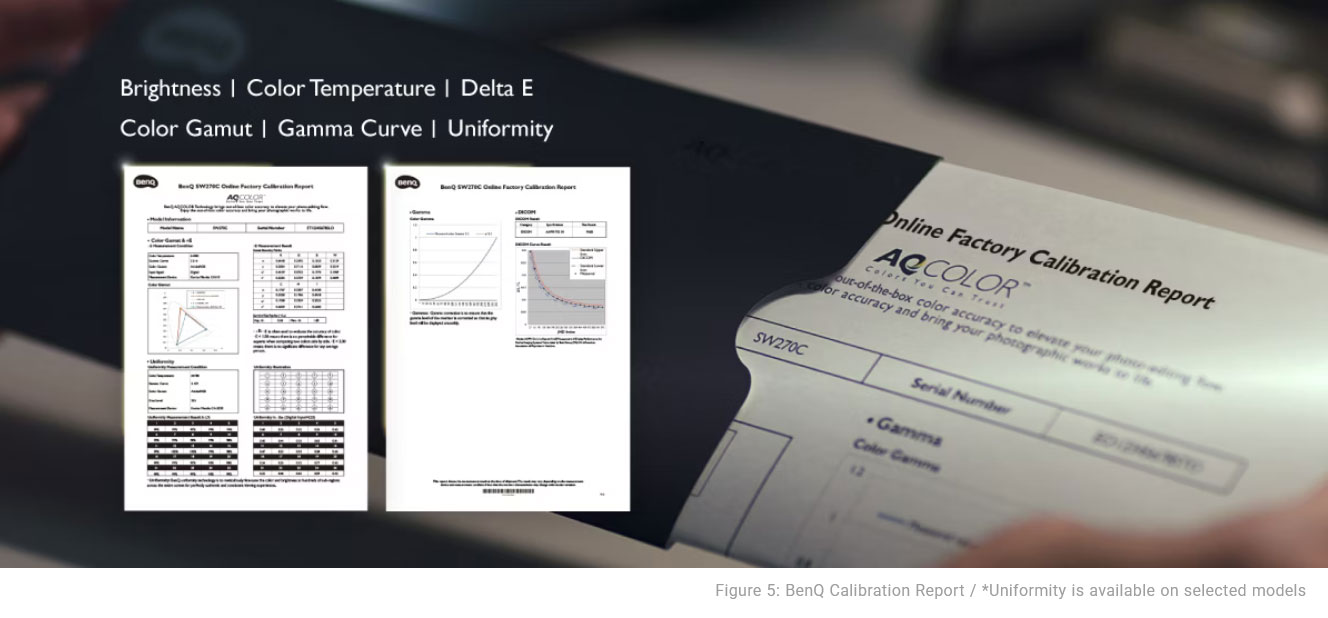
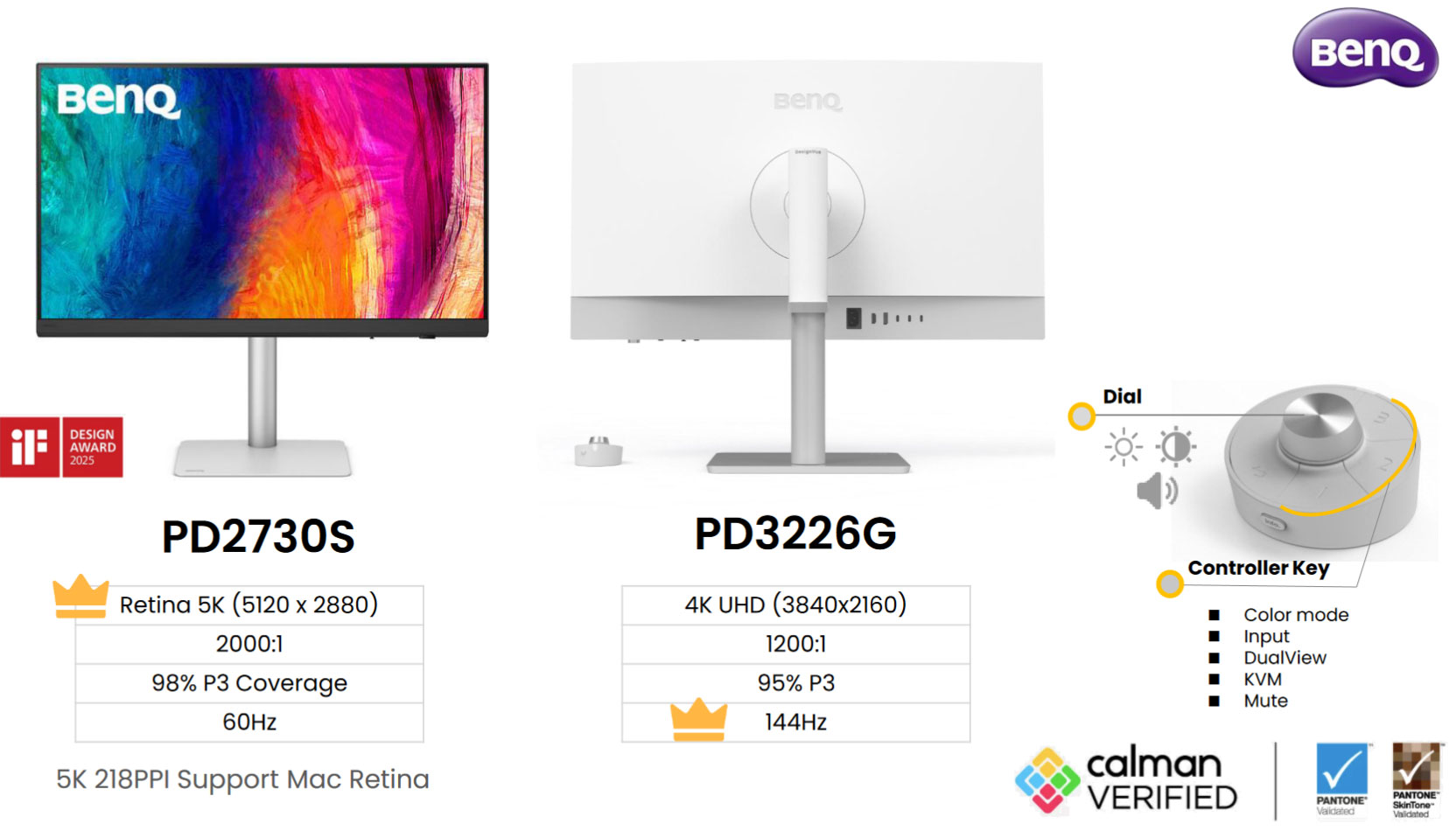
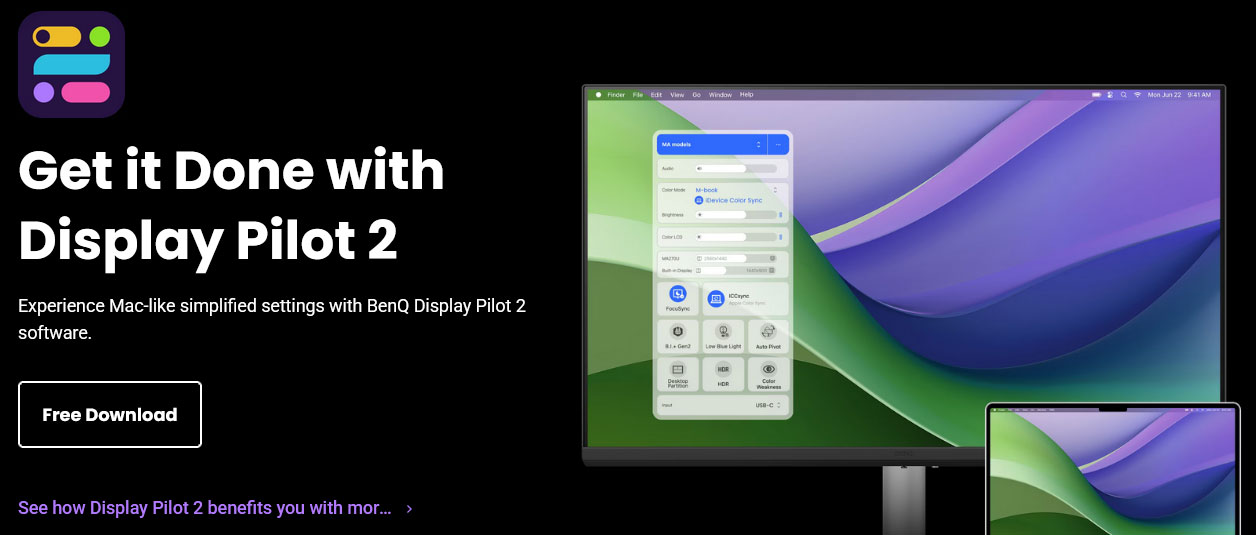
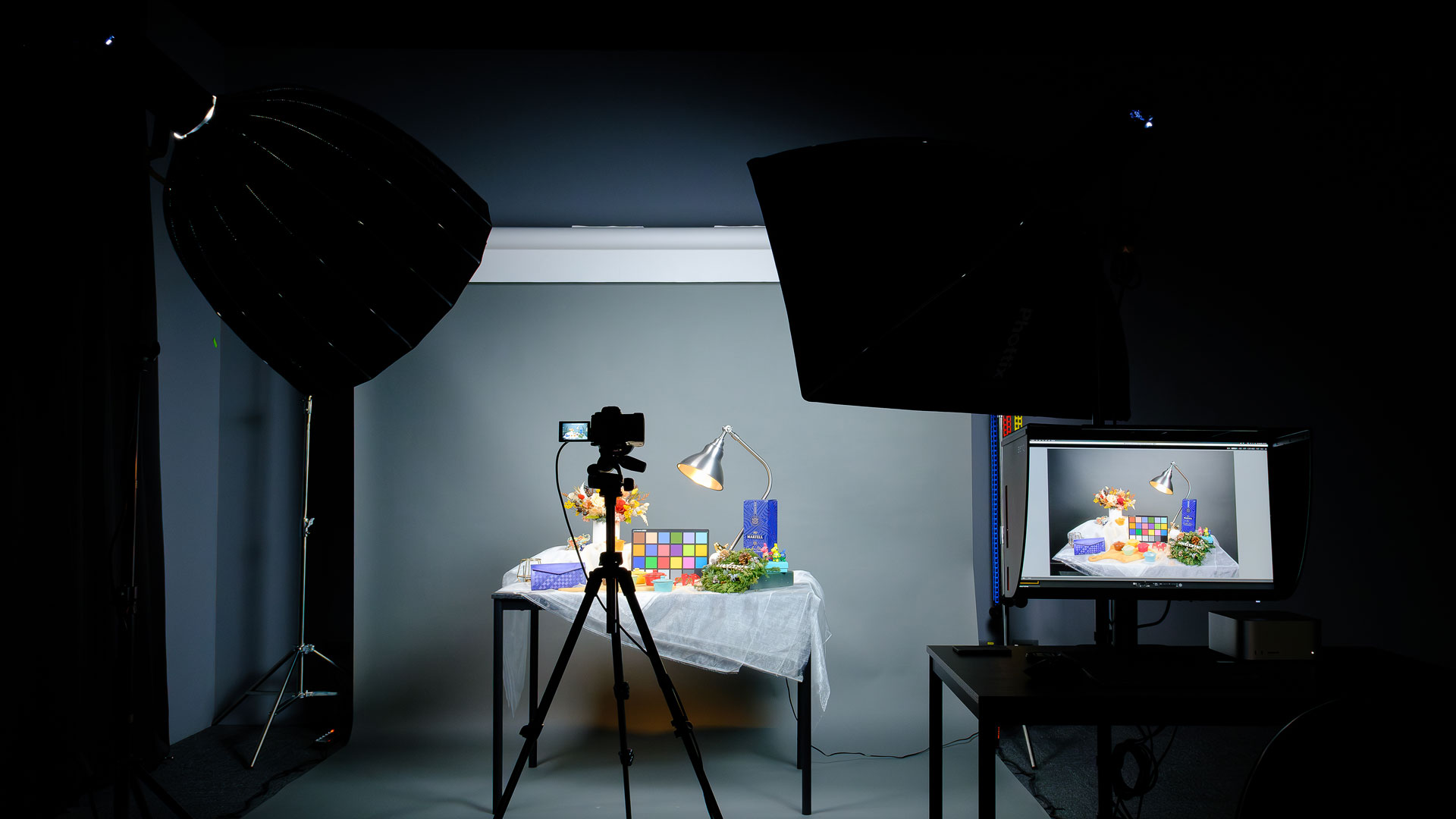
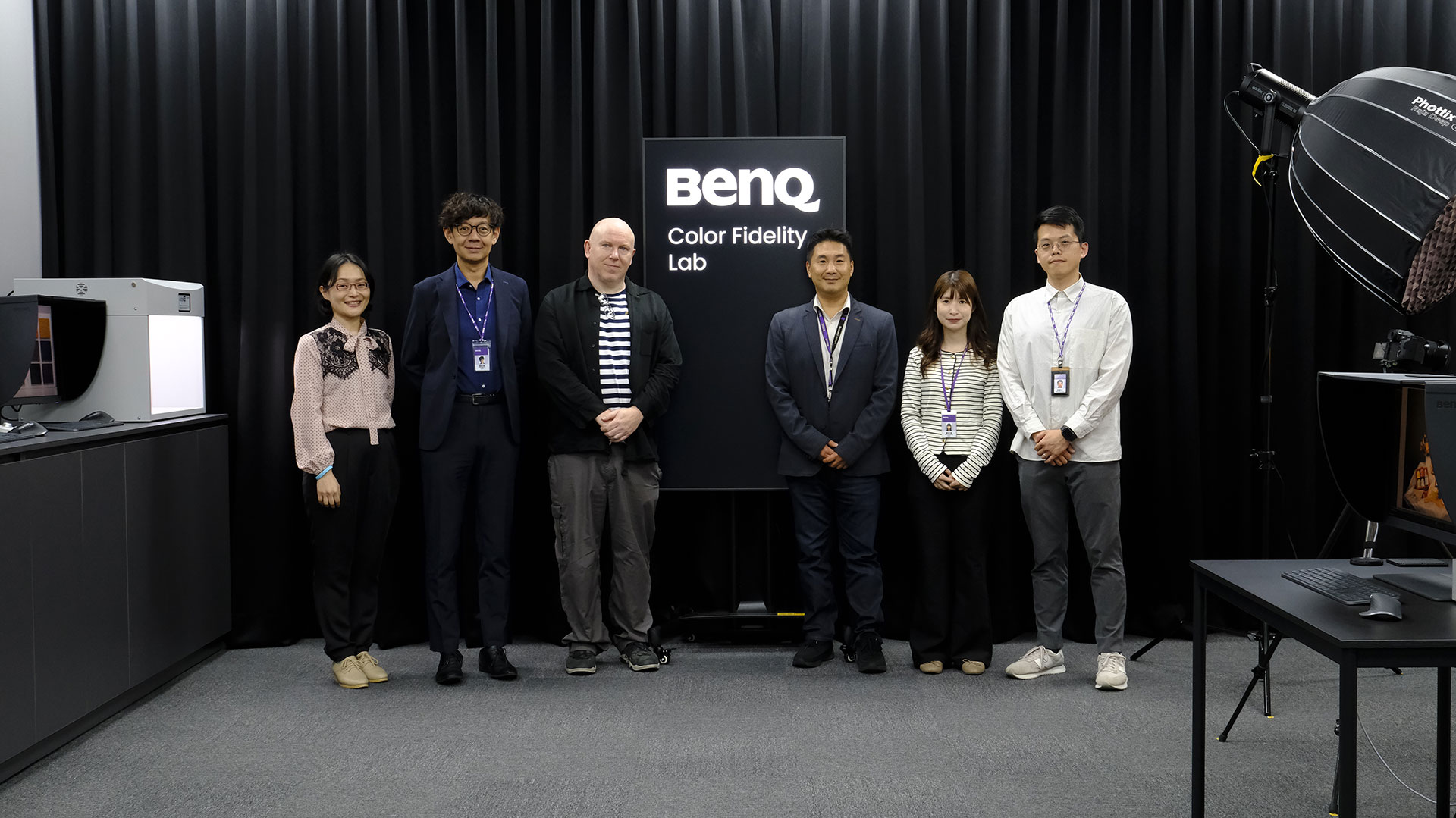

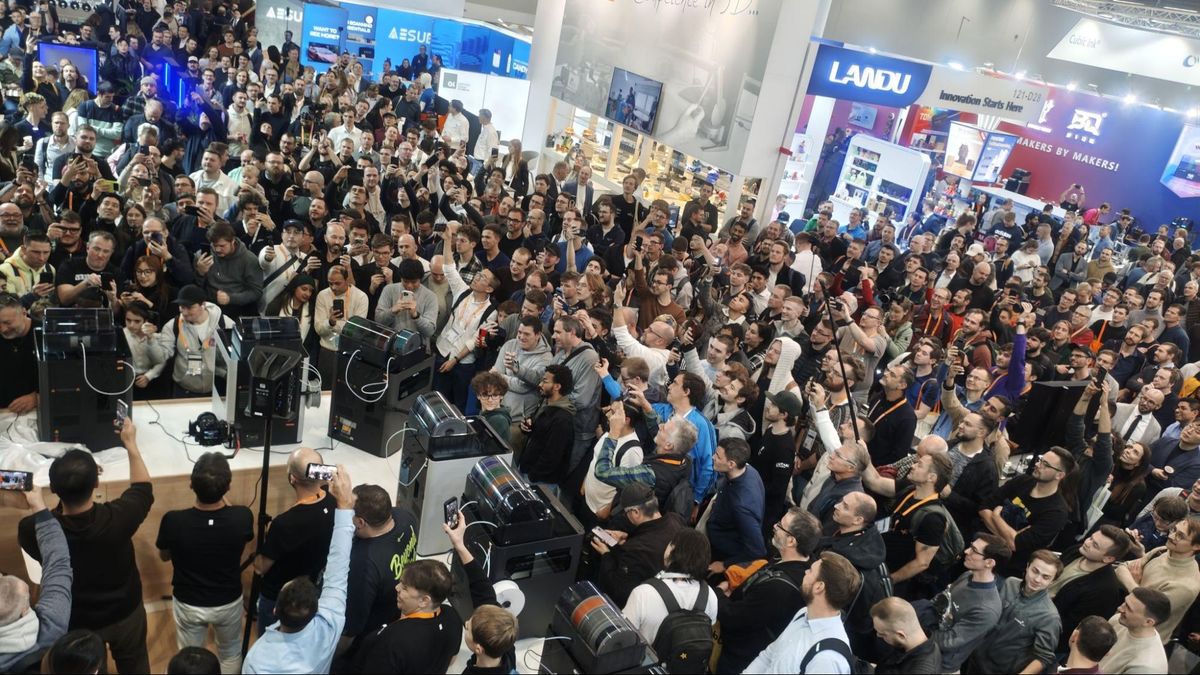
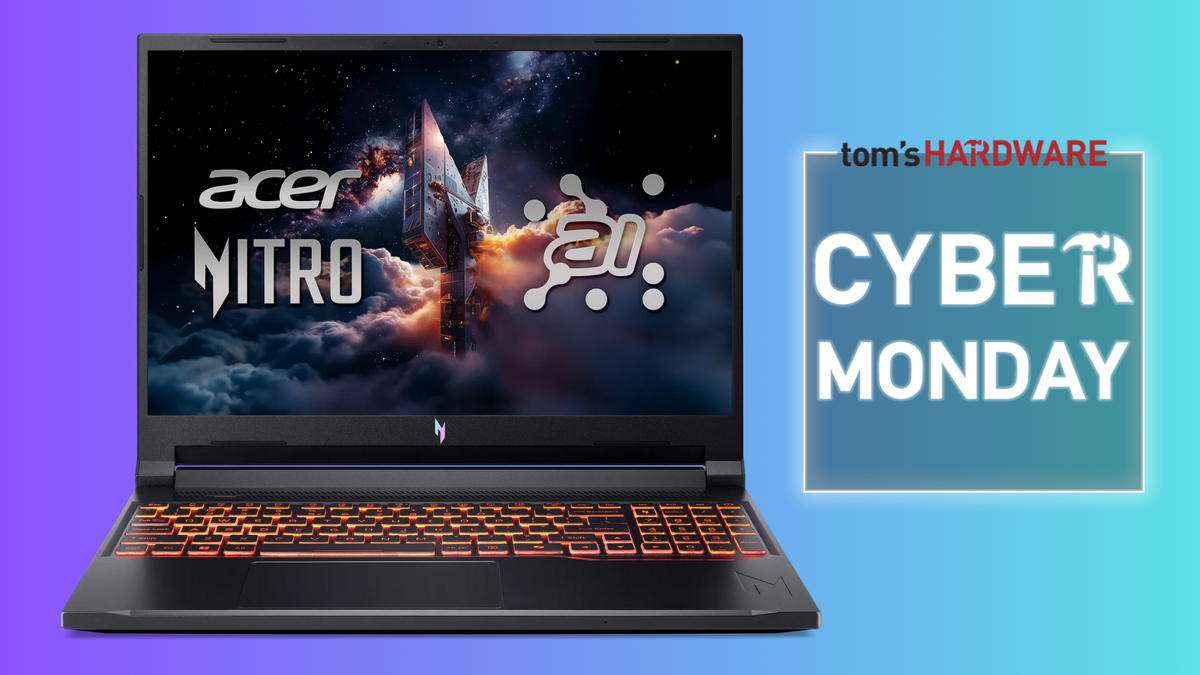
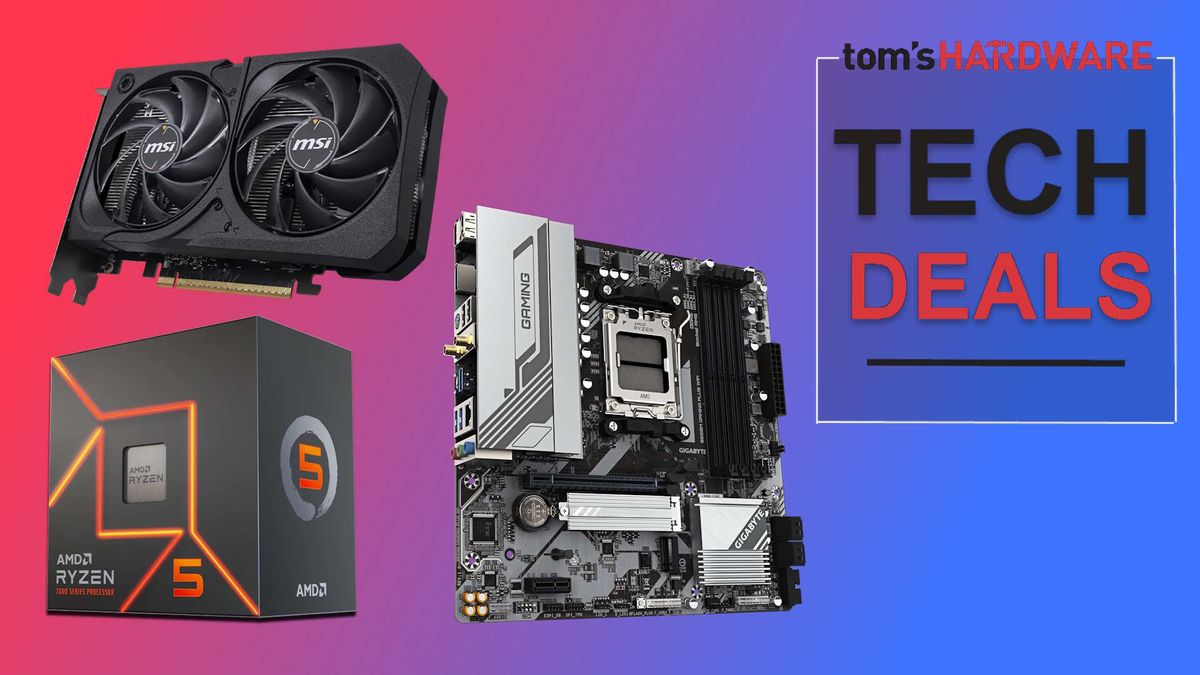



 English (US) ·
English (US) ·